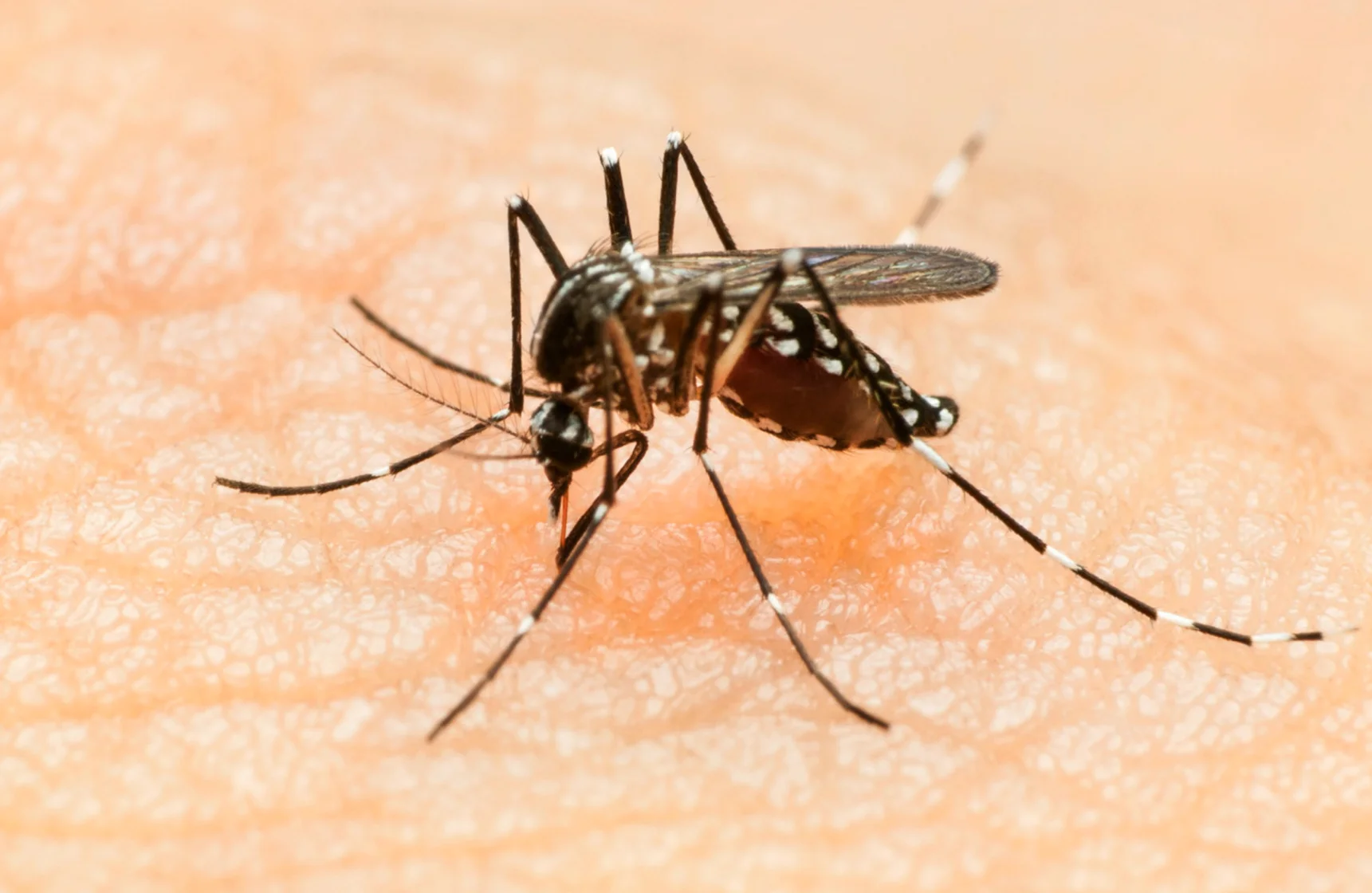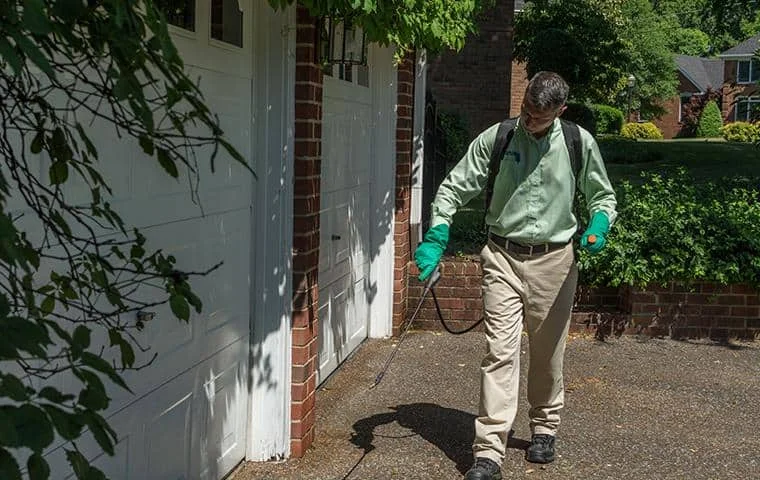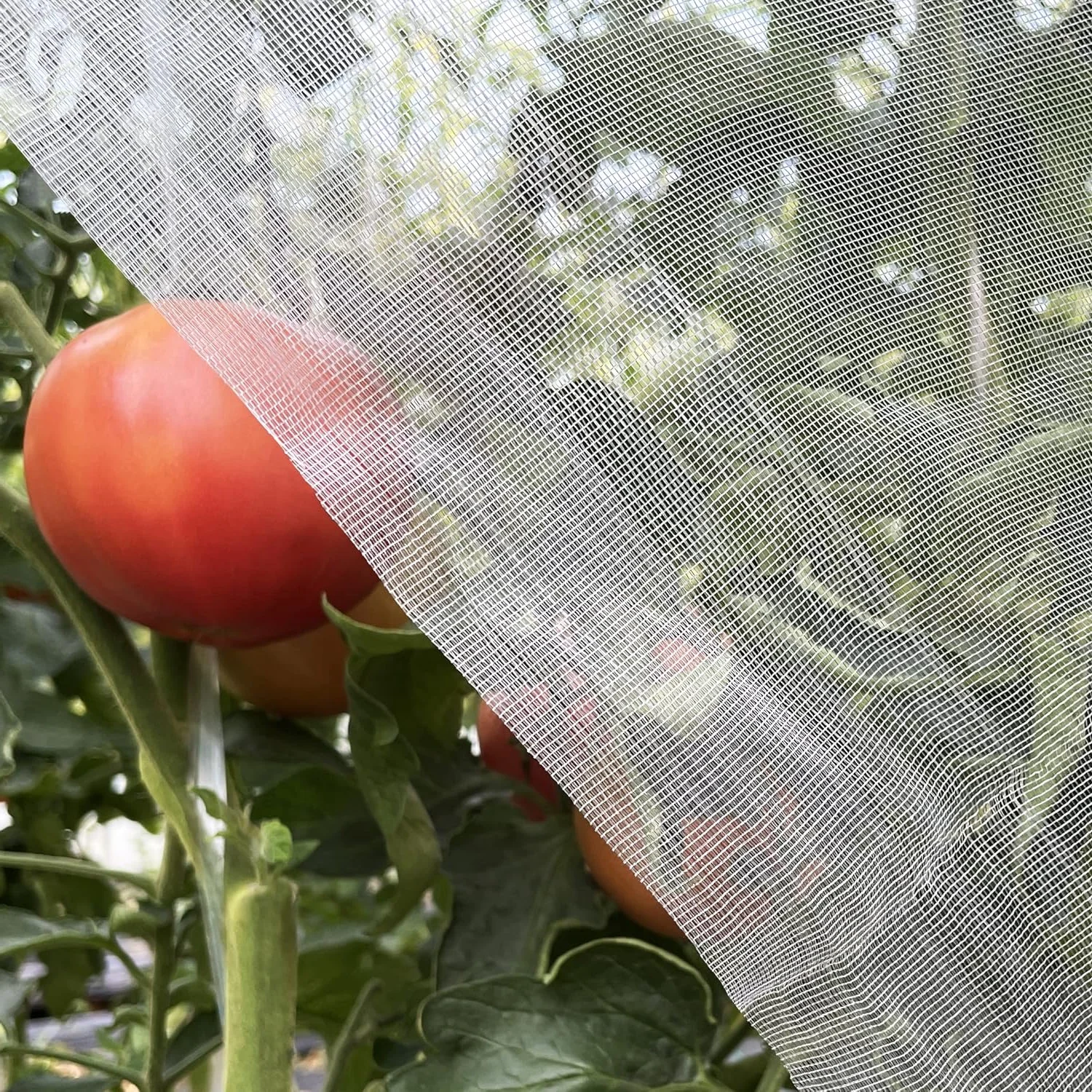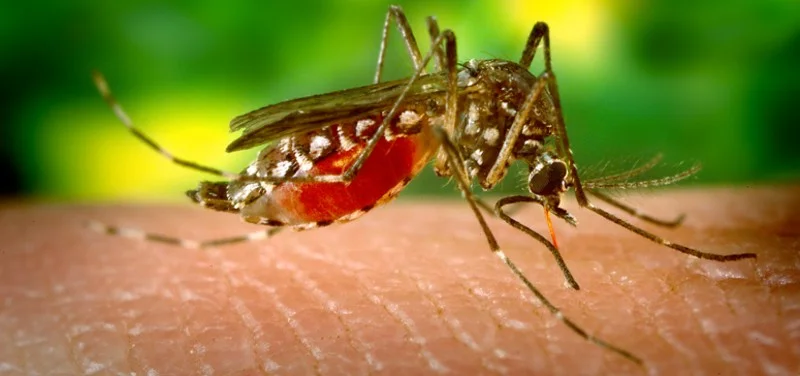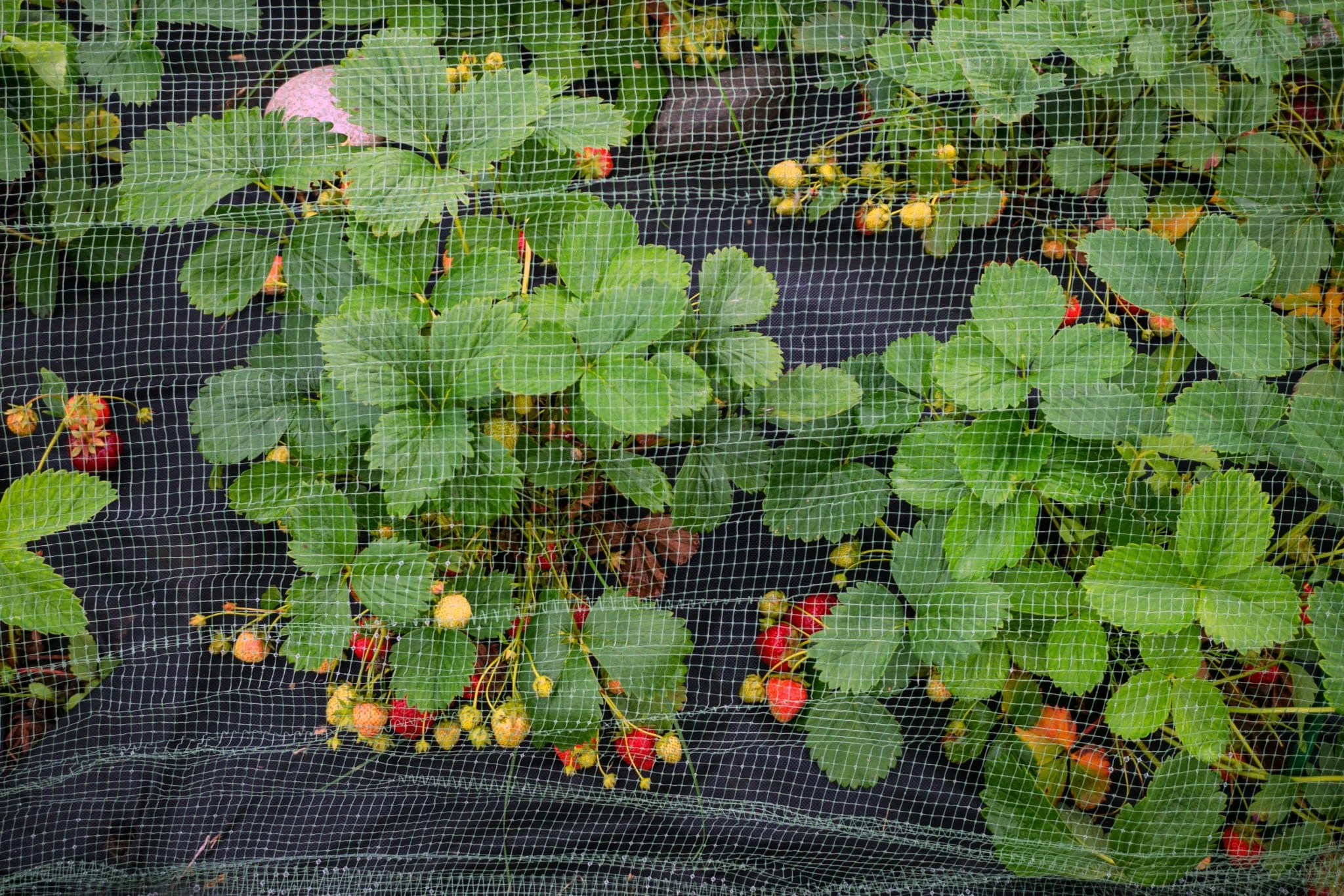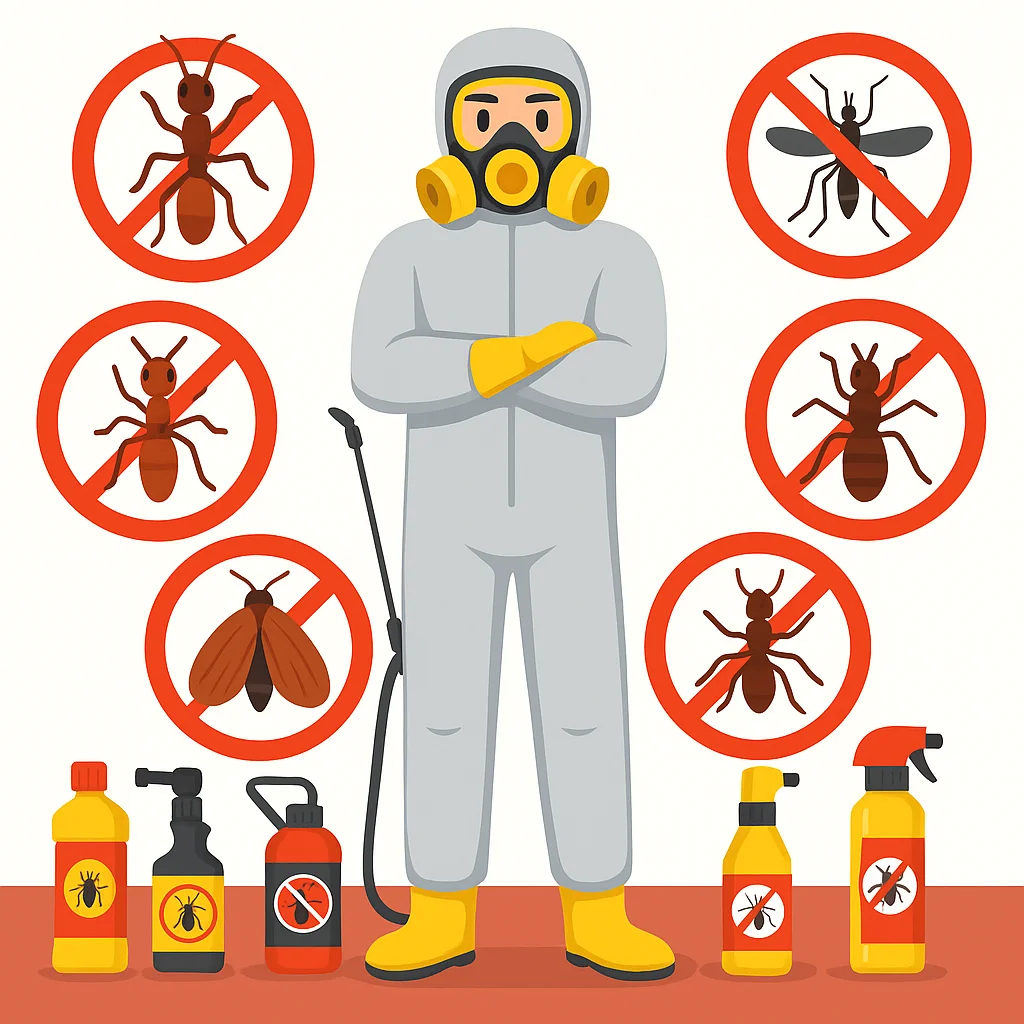Ticks represent one of the most serious public health threats in residential areas, capable of transmitting devastating diseases including Lyme disease, Rocky Mountain spotted fever, and ehrlichiosis that can cause permanent health complications. Tick control requires specialized knowledge of tick biology, habitat preferences, and comprehensive management strategies that address not only adult ticks but also the nymphs and larvae that pose the greatest disease transmission risks. These tiny parasites can establish populations in yards, wooded areas, and landscaped spaces where families and pets spend time, creating ongoing exposure to potentially life-threatening diseases.
Effective tick management goes beyond simple yard spraying – it demands understanding of tick life cycles, host relationships, and environmental factors that enable these disease vectors to thrive in residential environments. Professional tick prevention combines targeted treatments, habitat modification, and ongoing monitoring that reduces tick populations while protecting against the serious health risks associated with tick-borne diseases. Without proper intervention, tick populations can establish persistent breeding cycles that create ongoing disease exposure for years, making comprehensive professional management essential for family health and safety.
Protect your family from dangerous tick-borne diseases! Get professional tick control
PROTECTION with proven yard treatment solutions.
Schedule your tick assessment today!
Understanding Ticks and Disease Transmission Risks
Successful tick control requires comprehensive understanding of tick biology, life cycles, and the serious health risks associated with tick-borne diseases that can affect both humans and pets. Ticks are highly specialized parasites with complex life cycles and disease transmission capabilities:
-
Three-stage life cycle with disease transmission at each stage Ticks progress through larva, nymph, and adult stages, with each stage requiring blood meals that can transmit diseases. Nymphs are particularly dangerous due to their tiny size and peak activity during spring and summer months.
-
Multiple serious disease transmission Ticks can transmit Lyme disease, Rocky Mountain spotted fever, ehrlichiosis, anaplasmosis, babesiosis, and other serious illnesses that can cause chronic health problems and permanent complications if not treated promptly.
-
Questing behavior for host detection Ticks climb onto vegetation and extend their front legs to detect carbon dioxide, body heat, and movement from potential hosts, enabling them to attach to passing humans and animals.
-
Extended feeding periods Ticks can remain attached and feeding for several days, with disease transmission risk increasing the longer they remain attached, making prompt detection and removal critical for preventing infection.
-
Environmental survival capabilities Ticks can survive for months without feeding and remain active in temperatures above freezing, allowing them to establish persistent populations in suitable habitat areas.
-
Host specificity and wildlife relationships Different tick species prefer different hosts, with many ticks depending on wildlife populations like deer, rodents, and birds that can maintain tick populations near residential areas.
Understanding these biological factors enables development of comprehensive management strategies that address all life stages and reduce disease transmission risks through targeted habitat modification and population control measures.
Common Tick Species and Associated Diseases
Different tick species pose varying health risks and require specific management approaches based on their biology, habitat preferences, and disease transmission capabilities. Understanding these common species helps homeowners recognize threats and implement appropriate prevention measures:
Deer Ticks (Blacklegged Ticks)
Professional tick identification and disease transmission prevention education
Deer ticks are the primary vectors for Lyme disease, the most common tick-borne illness in North America, affecting hundreds of thousands of people annually. These tiny ticks are difficult to detect due to their small size, particularly in the nymph stage when they're most active and dangerous during spring and summer months.
Beyond Lyme disease, deer ticks can also transmit anaplasmosis, babesiosis, and Powassan virus, making them particularly dangerous disease vectors that require comprehensive control measures in areas where they establish populations near homes and recreational areas.
American Dog Ticks
Professional yard treatment targeting tick habitat and breeding areas
American dog ticks are larger than deer ticks and are the primary vectors for Rocky Mountain spotted fever, a serious disease that can be fatal if not treated promptly with appropriate antibiotics. These ticks are most active during spring and summer months and prefer areas with tall grass and shrubs.
While American dog ticks don't transmit Lyme disease, they can cause tick paralysis and transmit tularemia, making professional management important for comprehensive tick control programs that address multiple species and disease risks.
Lone Star Ticks
Perimeter treatment creating protective barriers against tick populations
Lone star ticks are aggressive biters that can transmit ehrlichiosis, southern tick-associated rash illness (STARI), and have been associated with alpha-gal syndrome, a meat allergy that can develop following lone star tick bites. These ticks are expanding their range and becoming more common in many areas.
Female lone star ticks are easily identified by the white spot on their backs, and they're particularly aggressive in seeking hosts, often pursuing people and animals. Their expanding range and multiple disease transmission capabilities make them an increasing concern for residential tick management.
Brown Dog Ticks
Brown dog ticks are unique among common tick species because they can complete their entire life cycle indoors, making them particularly problematic for pet owners. These ticks prefer dogs as hosts but will feed on humans when dog hosts are unavailable, and they can transmit Rocky Mountain spotted fever in some regions.
Indoor infestations of brown dog ticks can be particularly challenging to control and often require comprehensive indoor and outdoor treatment programs that address all life stages and eliminate the environmental conditions that support indoor tick populations.
Gulf Coast Ticks
Gulf Coast ticks are found primarily in coastal and southeastern regions and can transmit spotted fever rickettsiosis. These larger ticks are aggressive biters that prefer areas with high humidity and are often found on birds and small mammals that can transport them into residential areas.
While less common than other species, Gulf Coast ticks can establish local populations in suitable habitat and pose disease transmission risks that require inclusion in comprehensive tick management programs for affected regions.
Comprehensive Tick Control and Prevention Programs
Effective tick control requires comprehensive programs that integrate multiple strategies to reduce tick populations while addressing the environmental factors that support tick establishment and survival. Professional tick management combines targeted treatments, habitat modification, and ongoing monitoring to provide long-term protection against tick-borne disease risks.
Professional programs include detailed property assessment, customized treatment protocols, habitat management recommendations, and regular monitoring that maintains reduced tick populations while providing ongoing protection for families and pets throughout active tick seasons.
Disease Prevention Priority
Our tick control programs prioritize disease prevention through evidence-based treatment methods that significantly reduce tick populations and minimize disease transmission risks while protecting family and pet health and safety.
Here's a comparison of different tick control approaches and their effectiveness for disease prevention:
| Control Method |
Disease Prevention Effectiveness |
Best Applications |
| Professional Yard Treatment |
Highly effective for reducing tick populations; targets all life stages; provides residual protection.
|
Properties with tick habitat; families with children and pets; areas with confirmed tick populations.
|
| Habitat Modification |
Excellent for long-term prevention; reduces tick-supporting conditions; environmentally sustainable.
|
Long-term tick management; properties with extensive landscaping; integrated management programs.
|
| Perimeter Treatments |
Good for preventing tick migration; creates protective barriers; reduces exposure near homes.
|
Properties bordering tick habitat; homes near wooded areas; targeted protection zones.
|
| Integrated Management |
Maximum effectiveness; addresses all factors; provides comprehensive long-term protection.
|
High-risk properties; families concerned about disease; comprehensive prevention programs.
|
| Tick Tubes and Biologicals |
Effective for targeting specific hosts; reduces infected tick populations; environmentally friendly.
|
Wildlife-rich properties; environmentally sensitive areas; specialized management situations.
|
The optimal approach depends on property characteristics, tick species present, disease risk factors, and family preferences. Most properties benefit from integrated approaches that combine multiple strategies for maximum protection.
Professional Yard Treatment and Habitat Management
Targeted Application Methods
Professional tick prevention programs use targeted application methods that focus treatments on areas where ticks are most likely to be present while minimizing environmental impact and protecting beneficial insects. This includes treating transition zones between lawns and wooded areas, tall grass areas, and leaf litter where ticks quest for hosts.
Application timing is coordinated with tick life cycles to target nymphs during their peak activity periods in spring and early summer when disease transmission risks are highest and populations are most vulnerable to control measures.
Habitat Modification Strategies
Effective tick management includes habitat modification that reduces conditions favorable to tick survival and reproduction. This includes maintaining short grass in high-use areas, removing leaf litter and debris where ticks hide, and creating barriers between recreational areas and tick habitat.
Habitat modification also addresses wildlife management considerations, including deer-resistant landscaping and measures that reduce rodent populations that serve as tick hosts while maintaining ecological balance and property aesthetics.
Seasonal Treatment Programs
Comprehensive tick control requires seasonal treatment programs that address different life stages throughout the year. Spring treatments target emerging nymphs, summer treatments maintain protection during peak activity, and fall treatments address adult populations before winter dormancy.
Seasonal programs also include habitat monitoring, treatment adjustments based on weather conditions and tick activity levels, and ongoing assessment that ensures continued effectiveness throughout active tick seasons.
Don't risk exposure to Lyme disease and other tick-borne illnesses! Get comprehensive tick prevention
Contact us today for professional yard treatment and ongoing protection!
Personal Protection and Risk Reduction
Integrated Protection Strategies
Professional tick control programs include education on personal protection measures that complement yard treatments and provide additional layers of disease prevention. This includes guidance on protective clothing, repellent use, and daily tick checks that reduce bite risks and enable early detection.
Integrated protection combines environmental management with personal prevention strategies that maximize protection against tick encounters and disease transmission while enabling families to enjoy their outdoor spaces safely.
Early Detection and Removal
Prompt tick detection and removal significantly reduces disease transmission risks, as most tick-borne diseases require ticks to be attached for 24-48 hours before transmission occurs. Professional programs include education on proper tick removal techniques and when to seek medical evaluation following tick bites.
Early detection strategies include daily tick checks during active seasons, proper tick removal using fine-tipped tweezers, and monitoring for symptoms of tick-borne diseases that may develop following tick exposure.
Pet Protection Coordination
Comprehensive tick management includes coordination with veterinary tick prevention for pets, as pets can bring ticks into homes and yards while also facing their own disease transmission risks from tick bites. Professional programs provide guidance on pet protection measures that complement yard treatments.
Pet protection includes veterinary tick preventives, regular tick checks for pets, and coordination between yard treatments and pet care schedules to maximize protection for all family members, both human and animal.
Tick-Borne Disease Prevention and Health Protection
Understanding Disease Transmission
Understanding tick-borne disease transmission enables better prevention decisions and appropriate response to tick encounters. Most tick-borne diseases require extended attachment periods for transmission, making prompt tick removal and comprehensive prevention programs highly effective for disease prevention.
Professional tick control programs provide education on disease symptoms, transmission timelines, and when to seek medical evaluation following tick exposure, enabling families to make informed health decisions and respond appropriately to potential exposure.
High-Risk Populations
Certain populations face increased risks from tick-borne diseases, including children who spend time outdoors, individuals with compromised immune systems, and people who work or recreate in tick-infested areas. Professional prevention programs provide enhanced protection for these vulnerable populations.
High-risk considerations include more frequent treatments during peak seasons, enhanced personal protection education, and coordination with healthcare providers for individuals with increased susceptibility to tick-borne disease complications.
Long-Term Health Protection
Comprehensive tick management provides long-term health protection by reducing cumulative exposure to tick-borne diseases that can cause chronic health problems and permanent complications. Professional programs address both immediate exposure risks and long-term disease prevention.
Long-term protection includes ongoing monitoring of tick populations, adjustment of treatment programs based on changing risk factors, and education that enables families to maintain protective behaviors throughout their lives.
Environmental Management and Sustainable Control
Ecological Balance Considerations
Professional tick control programs balance disease prevention needs with environmental responsibility, using targeted treatments and habitat modification that reduce tick populations while minimizing impact on beneficial insects and wildlife that support healthy ecosystems.
Sustainable approaches include selective treatment of high-risk areas, integrated pest management principles, and habitat modifications that reduce tick-supporting conditions while maintaining ecological balance and property aesthetics.
Wildlife Management
Effective tick management often requires consideration of wildlife populations that serve as tick hosts, including deer, rodents, and birds that can maintain tick populations near residential areas. Professional programs provide guidance on wildlife management that reduces tick risks without harmful impacts.
Wildlife management strategies include deer-resistant landscaping, habitat modification that reduces rodent populations, and barrier treatments that interrupt tick-wildlife cycles while preserving beneficial wildlife relationships.
Sustainable Prevention
Long-term tick management emphasizes sustainable prevention strategies that maintain reduced tick populations through environmental management rather than relying solely on chemical treatments. This includes habitat modification, integrated management approaches, and ongoing monitoring.
Sustainable programs provide ongoing effectiveness while reducing environmental impact through targeted treatments, habitat management, and prevention strategies that address the underlying conditions that support tick populations.
Seasonal Tick Management and Protection
Early Season (March-May)
- Nymph emergence and peak activity
- Critical treatment timing
- Yard preparation and habitat management
- Enhanced personal protection protocols
Focus: Target emerging nymphs during peak disease transmission risk period with comprehensive prevention measures.
Active Season (June-August)
- Continued nymph activity
- Maintenance treatments
- Ongoing monitoring and assessment
- Family education and protection
Focus: Maintain protection during continued tick activity with ongoing treatments and monitoring.
Adult Activity (September-November)
- Adult tick emergence
- Final season treatments
- Habitat preparation for winter
- Assessment and planning
Focus: Address adult tick populations and prepare for winter with habitat management and final treatments.
Planning Period (December-February)
- Reduced tick activity
- Habitat modification projects
- Program evaluation and planning
- Preparation for upcoming season
Focus: Plan improvements and habitat modifications while tick activity is minimal.
Tick Control Success Stories
"After finding multiple ticks on our children, we started PestControl100's tick program. Two years later, we haven't found a single tick on our property despite being surrounded by wooded areas. The peace of mind is invaluable for our family's health."
- Sarah Johnson, Mother of Three
★★★★★
"Living in a high Lyme disease area, tick control isn't optional. Their comprehensive program reduced tick populations by over 90% in our yard, and the ongoing monitoring ensures we stay protected year after year."
- Michael Chen, Homeowner
★★★★★
"As someone who contracted Lyme disease before, preventing future exposure is critical. The professional treatment and education program gives me confidence to enjoy my garden and yard without constant worry about tick encounters."
- Patricia Rodriguez, Lyme Disease Survivor
★★★★★
Frequently Asked Questions
How effective is professional tick control for preventing Lyme disease?
Professional tick control programs can reduce tick populations by 85-95% when properly implemented, significantly reducing Lyme disease and other tick-borne disease risks. The most effective programs combine yard treatments with habitat modification and personal protection education to provide comprehensive disease prevention.
When should tick treatments be applied for maximum effectiveness?
Optimal timing targets tick nymphs in late spring and early summer when they're most active and pose the greatest disease transmission risk. Most programs include 2-3 treatments per season, with timing adjusted based on local climate conditions and tick activity patterns in your specific area.
Are tick control treatments safe for children and pets?
Professional tick control products are specifically selected and applied to minimize exposure risks while maximizing effectiveness against ticks. Treatments are applied to tick habitat areas rather than entire lawns, and appropriate re-entry times ensure safety for family members and pets throughout the treatment process.
Can habitat modification alone control tick populations?
Habitat modification is an important component of tick management but typically needs to be combined with treatments for optimal effectiveness. Modifications like maintaining short grass and removing leaf litter help reduce tick populations, but professional treatments provide more comprehensive control, especially in high-risk areas.
Tick Prevention Resources and Education
Disease Information and Prevention
Comprehensive information about tick-borne diseases including Lyme disease, Rocky Mountain spotted fever, and ehrlichiosis, with guidance on symptoms, prevention, and when to seek medical attention following tick exposure.
Personal Protection Guidelines
Essential personal protection strategies including proper clothing, repellent use, tick check procedures, and safe tick removal techniques that complement professional yard treatments for maximum family protection.
Pet Protection Coordination
Information on coordinating professional yard treatments with veterinary tick prevention for pets, including guidance on pet tick checks and protection measures that keep all family members safe from tick-borne diseases.
Habitat Management
Practical guidance on landscape modifications and habitat management strategies that reduce tick populations naturally while maintaining attractive, functional outdoor spaces for family enjoyment.
Essential Tick Prevention Tips
Landscape Modifications
Simple landscape modifications can significantly reduce tick populations and create less favorable conditions for tick survival. This includes maintaining short grass in high-use areas, removing leaf litter and debris, and creating barriers between lawn areas and wooded edges where ticks are most common.
Additional modifications include installing gravel or wood chip borders, reducing vegetation density near outdoor living areas, and selecting plants that don't attract deer and other wildlife that serve as tick hosts.
Daily Protection Practices
Implementing daily protection practices during tick season helps prevent tick encounters and enables early detection when exposure occurs. This includes wearing light-colored clothing, using EPA-approved repellents, and performing daily tick checks after outdoor activities.
Daily practices also include proper clothing choices like long pants tucked into socks when in tick habitat, staying on cleared paths when hiking, and showering within two hours of outdoor activities to wash off unattached ticks.
Home and Yard Maintenance
Regular home and yard maintenance reduces tick habitat and creates less favorable conditions for tick establishment. This includes keeping grass short, removing debris and leaf litter, and maintaining clear borders between lawn and natural areas.
Maintenance also includes proper storage of outdoor equipment, regular cleaning of pet areas, and coordination with neighbors on community-wide tick management efforts that address larger habitat areas.
Advanced Tick Control Technologies
Targeted Treatment Systems
Modern tick control utilizes advanced treatment technologies that provide targeted, effective control while minimizing environmental impact. This includes precision application equipment, time-release formulations, and biological control methods that specifically target tick populations.
Advanced systems also include tick tubes for rodent-mediated control, GPS-guided application systems for consistent coverage, and environmental monitoring tools that optimize treatment timing and effectiveness.
Monitoring and Assessment Tools
Professional tick management utilizes advanced monitoring tools including tick drags, carbon dioxide traps, and surveillance methods that accurately assess tick populations and treatment effectiveness. These tools enable data-driven management decisions and program optimization.
Assessment tools also include weather monitoring systems that predict optimal treatment timing, population modeling software that forecasts tick activity, and documentation systems that track long-term program effectiveness and environmental safety.
Integrated Technology Solutions
Comprehensive tick management integrates multiple technologies including GPS mapping of treatment areas, digital monitoring systems, and data analysis tools that optimize treatment programs for maximum effectiveness and minimal environmental impact.
Technology integration provides detailed documentation of treatment activities, enables precision targeting of high-risk areas, and supports continuous improvement of tick management strategies based on real-world effectiveness data.

